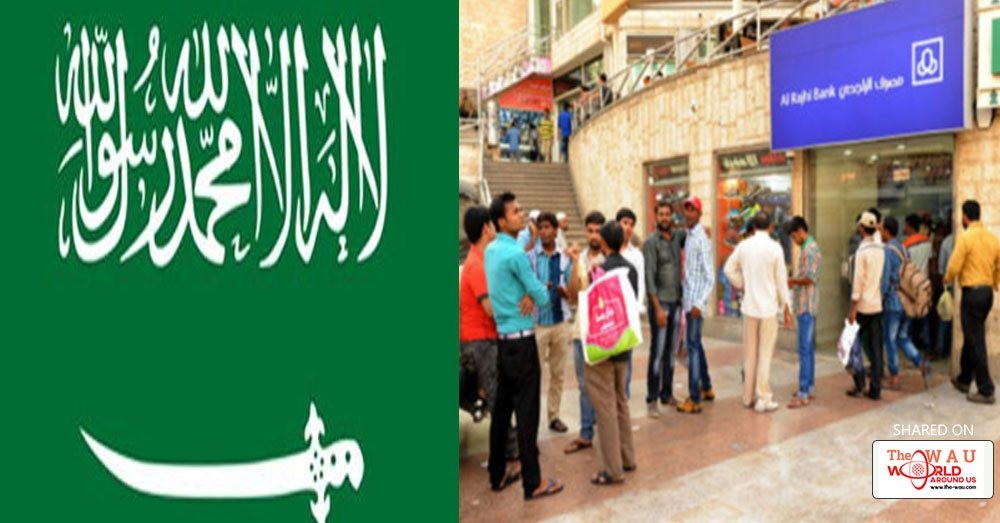Saudi Arabia's revised Nitaqat (or Saudisation) scheme does not bode well for Indian migrants. From September 2017, only a handful of organisations with high grades — based on number of Saudi nationals employed by them and other criteria — will be able to apply for new block visas for migrant employees.
In 2016, there were nearly 25 lakh Indians working in Saudi Arabia, according to a reply in Lok Sabha. However, migration numbers are declining.
There were only 1.65 lakh emigration clearances for Saudi Arabia in 2016, a decline by 46% from 2015. Top origin states in 2016 were Uttar Pradesh, West Bengal and Bihar with Kerala being a distant fourth. The revised Nitaqat scheme, aimed at increasing employment opportunities for Saudi nationals, will cover private companies with six or more employees (as opposed to current criteria of 10 or more).
Only organisations in the 'Platinum' and 'High Green' categories will be eligible for new block visas.

Construction and hospitality, sectors which have a predominantly blue collar Indian workforce, are unlikely to gain from such rules. "Others can obtain visas for expat employees only through a transfer of sponsorship. In other words, these organisations will be limited to hiring expat workers who are already in Saudi Arabia and have a work visa with another employer," said an immigration alert from EY, a global professional services entity. "A majority of Indian workers are blue collar workers," said an immigration expert.
"Organisations employing them — such as construction contractors or restaurants — are unlikely to fall in platinum and high green category.
The added complexity is that workers already employed in companies falling in low categories cannot be transferred from one employer to another. It's currently unclear how employment needs of these sectors will be met in the future."
The Nitaqat system was first introduced in mid-2011 to encourage employment of Saudi nationals. Employers are divided into four categories, Platinum, Green (with three sub categories of high, medium and low), Yellow and Red. Those in Platinum have a higher proportion of Saudi nationals as employees (generally 40% or more).
To determine an organisation's Nitaqat category, parameters used include: size and business activity; percentage of Saudi employees and average salary of such employees; retention rate of Saudi employees and percentage of Saudi national employees with high salaries. Highest weightage in computation is given to number of Saudis (ie: locals) employed by an organisation.
Saudi Gazette, an English newspaper, citing the Saudi labour force survey results, wrote the number of non-Saudi employed persons for the first quarter of 2017 reached 108.5 lakh, nearly 78% of the total employed, which is 139 lakh. This report added that majority of foreign workforce comprised of Indians (30 lakh), Pakistanis (25 lakh) and Egyptians (22 lakh).
In recent years, the Saudi government has also begun to introduce some sector-specific rules. For instance, departmental stores can only hire locals and not migrant workers. This step, according to Saudi newspapers, will release 20,000 jobs for the local population.
Share This Post













